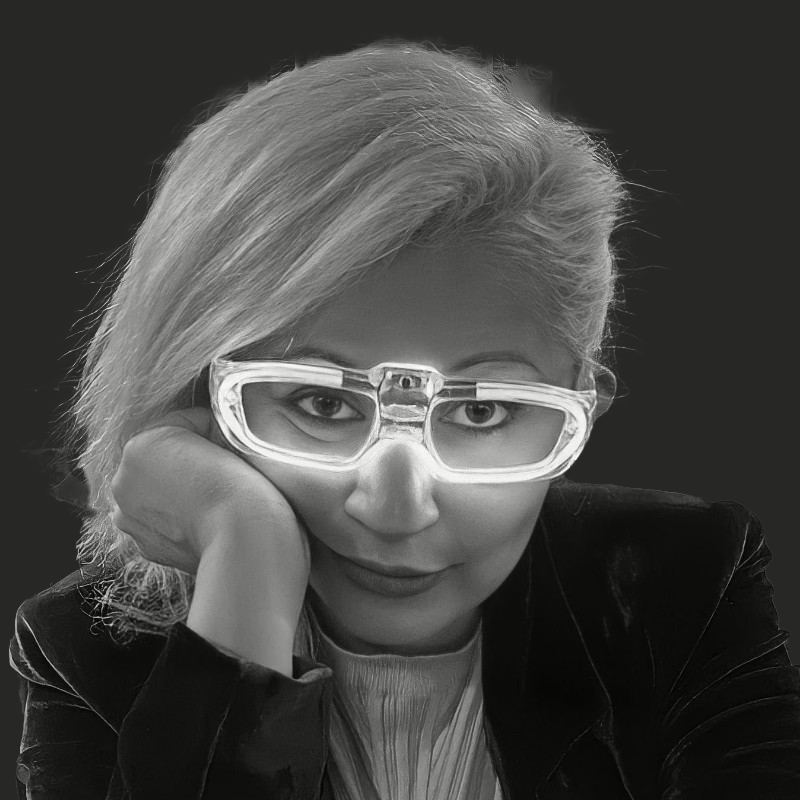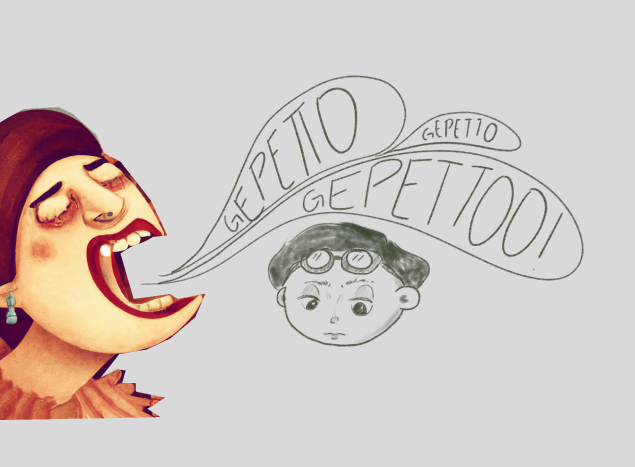How can technology help you to prevent burnout?
I know close friends-professionals who had a burnout in the past few years in São Paulo, at least 3 of whom I had the chance to witness the process of burnout and recovery (one of them told me that don’t feel 100% recovered and don’t have hope to get there).
They are high-performance professionals, with leadership roles and a team to take care of. The most common reasons for their burnout were too many responsibilities and tasks combined with too few boundaries.
.
My surprise was to find out that people in Switzerland and around Europe are having the same issues as well. I was curious about the “how?” and “why?”. Since I’m leaving here I’m seeing people going to work by bike or doing more walks than I usually see in São Paulo. The cities are smaller, and the logistics and daily lives are highly organized.
Interestingly, I also began experiencing anxiety during part of the week—a very strange and unfamiliar feeling for me. How could my life in a cozy city with fewer responsibilities than before lead to this mood? During a conversation with Aleksandra Denda, a Creativity Coach, she provided perspective on interpersonal relations and other factors that can lead professionals to burnout.
At the end of the day, we are all humans. Regardless of culture or time zone, we can experience complex feelings that can destroy our enjoyment of work and collaboration.
I addressed my anxiety by exploring my comfort zone through technology and investigation. A few years ago, Mauricio Jabur introduced me to a circuit that can influence brain waves. Based on my positive experience, I decided to reassemble it. I asked Mauricio for more PCBs and set about soldering a new version.
Now, I have glasses that help me look inward and induce a deep meditative state. These glasses work with closed eyes, producing sound and light pulses that can influence brain wave frequencies. I’m now “zen-fying”! Who else wants to try and give us feedback?
 Lina Lopes
Lina Lopes 
 What is the difference between a vibrator and an electrical screwdriver?
What is the difference between a vibrator and an electrical screwdriver?